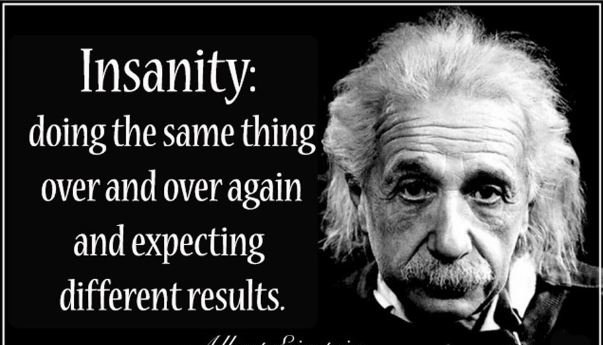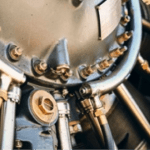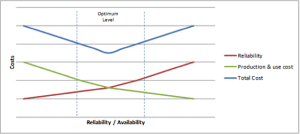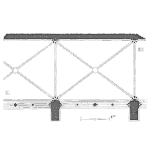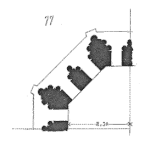
Reporting is one of the most important functionalities of computerized maintenance management software. Organizations spend a great deal of money to obtain data that they can use to make informed business decisions. The ultimate goal of implementing software for maintenance and facilities management is to achieve returns in the form of increased productivity and savings. A CMMS reporting module aids maintenance managers in achieving this goal by enabling them to receive data from maintenance technicians, analyze the data, and make continuous improvements. Reporting modules also allow users to produce graphs and charts of key performance indicators (KPIs).
[Read more…]



